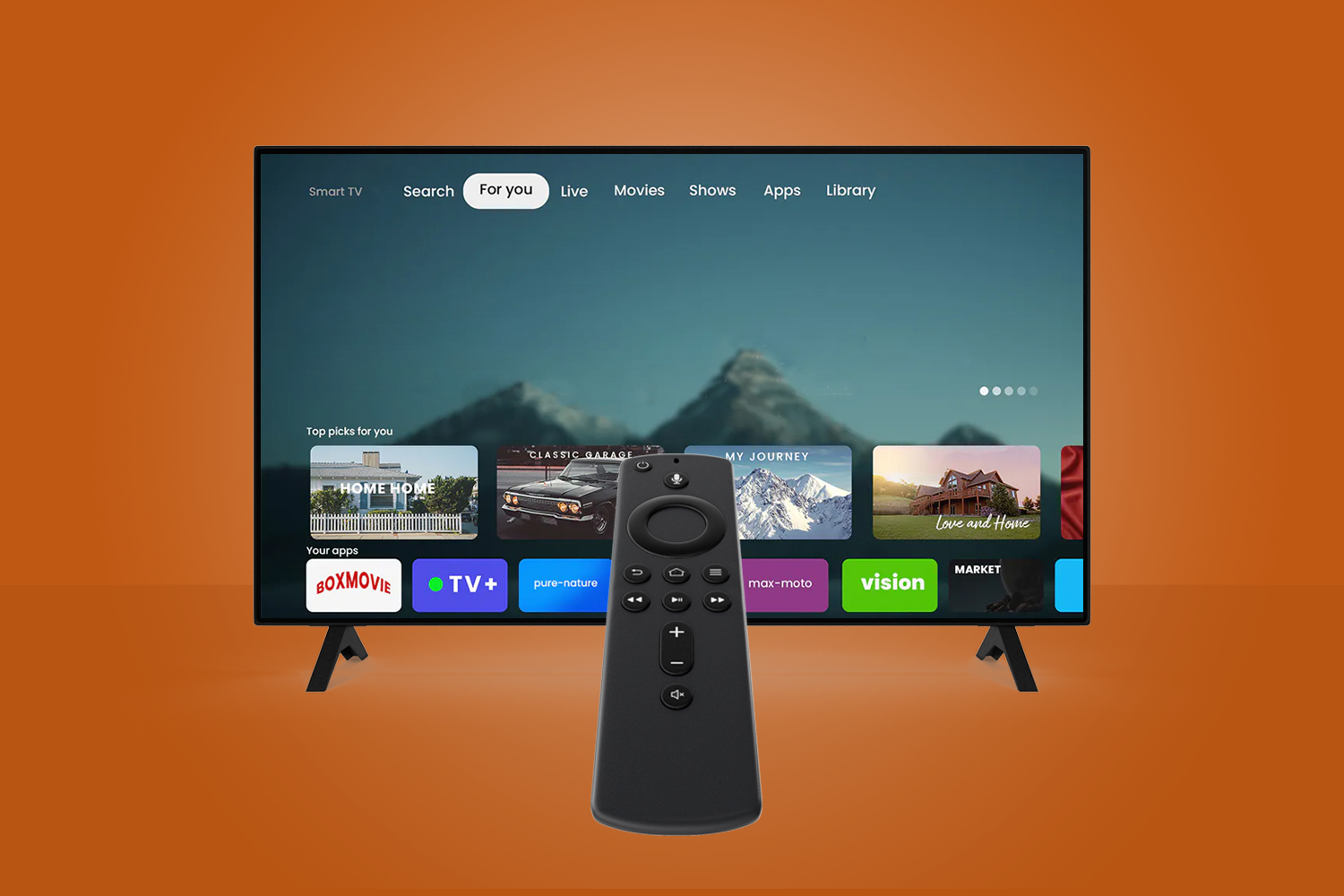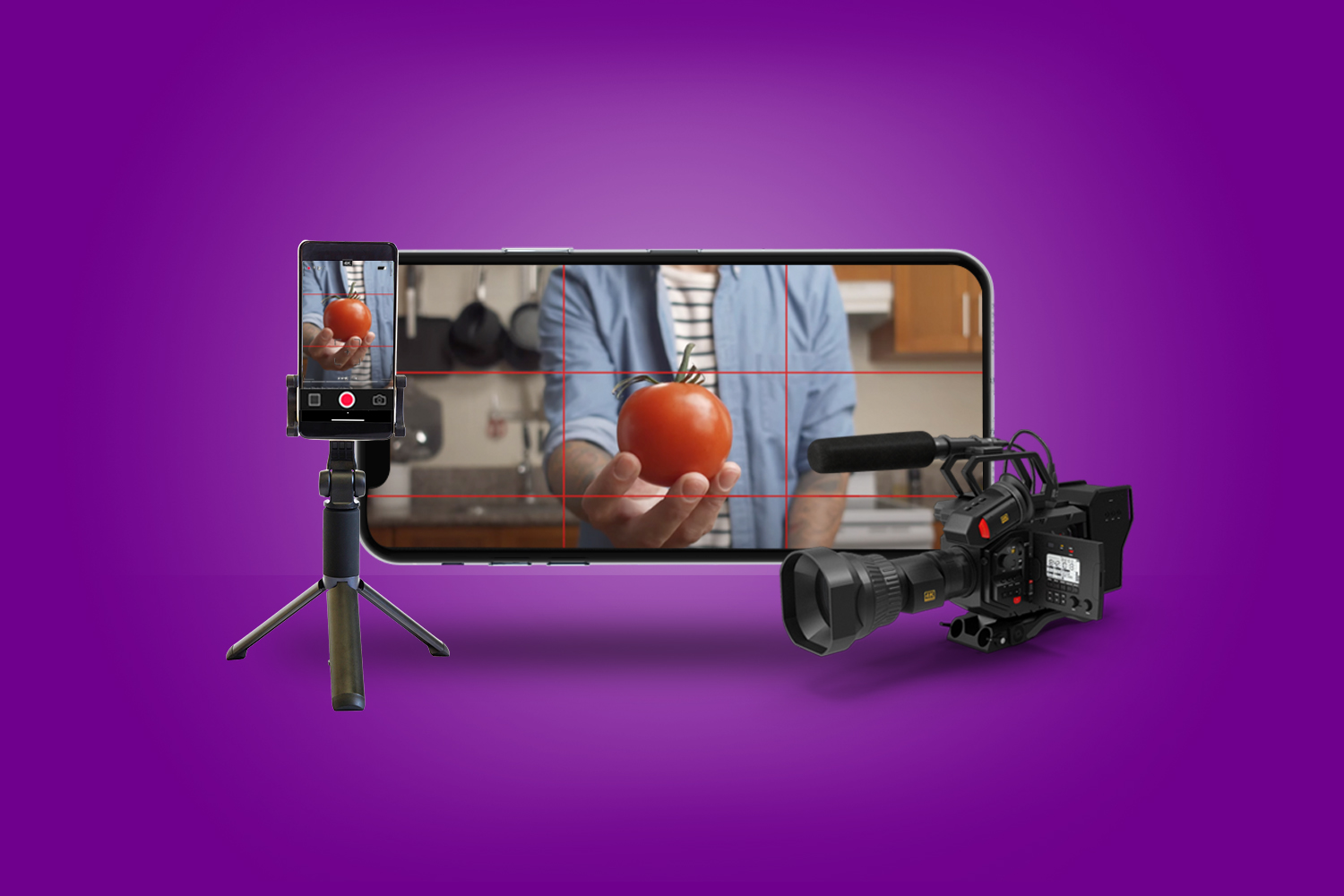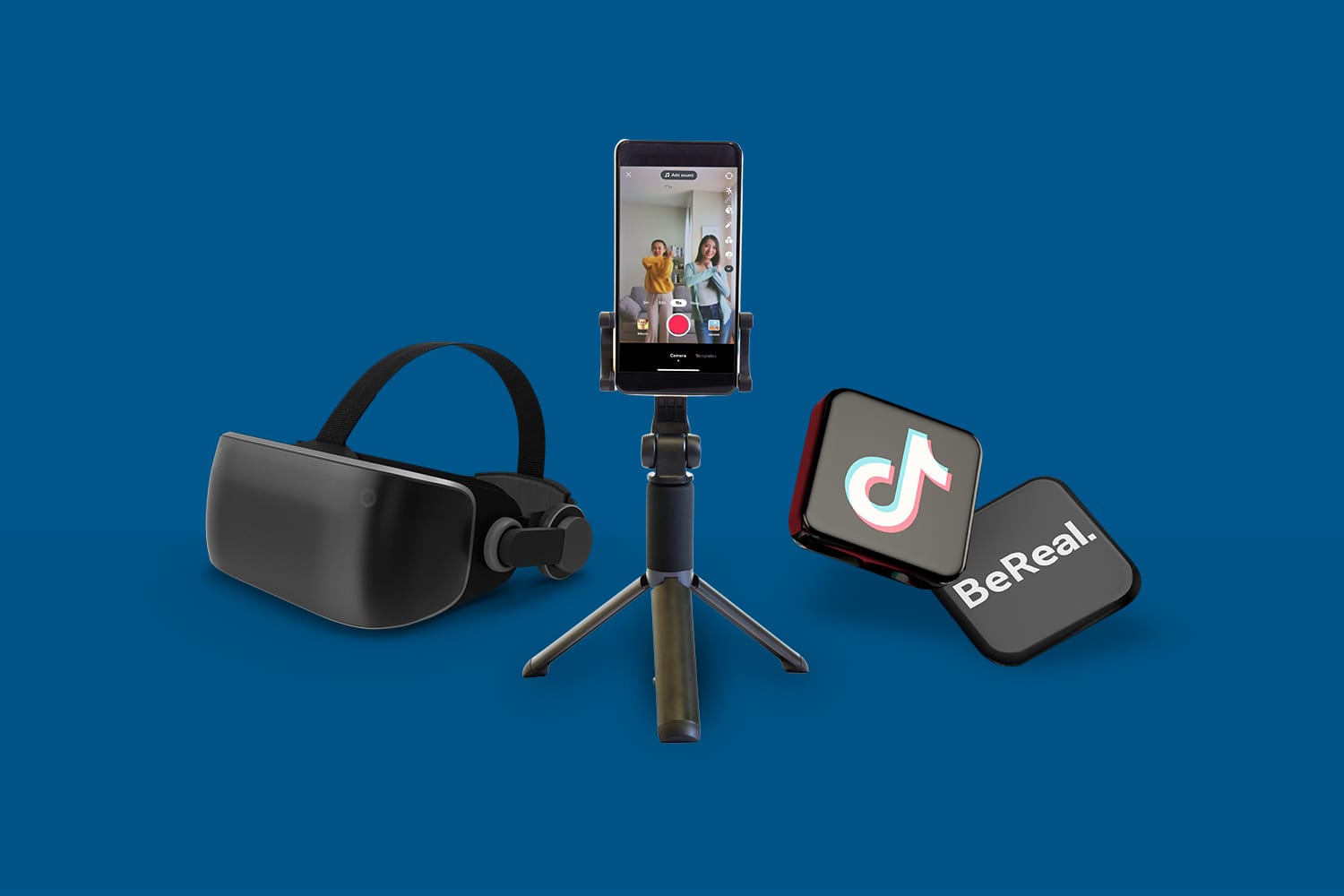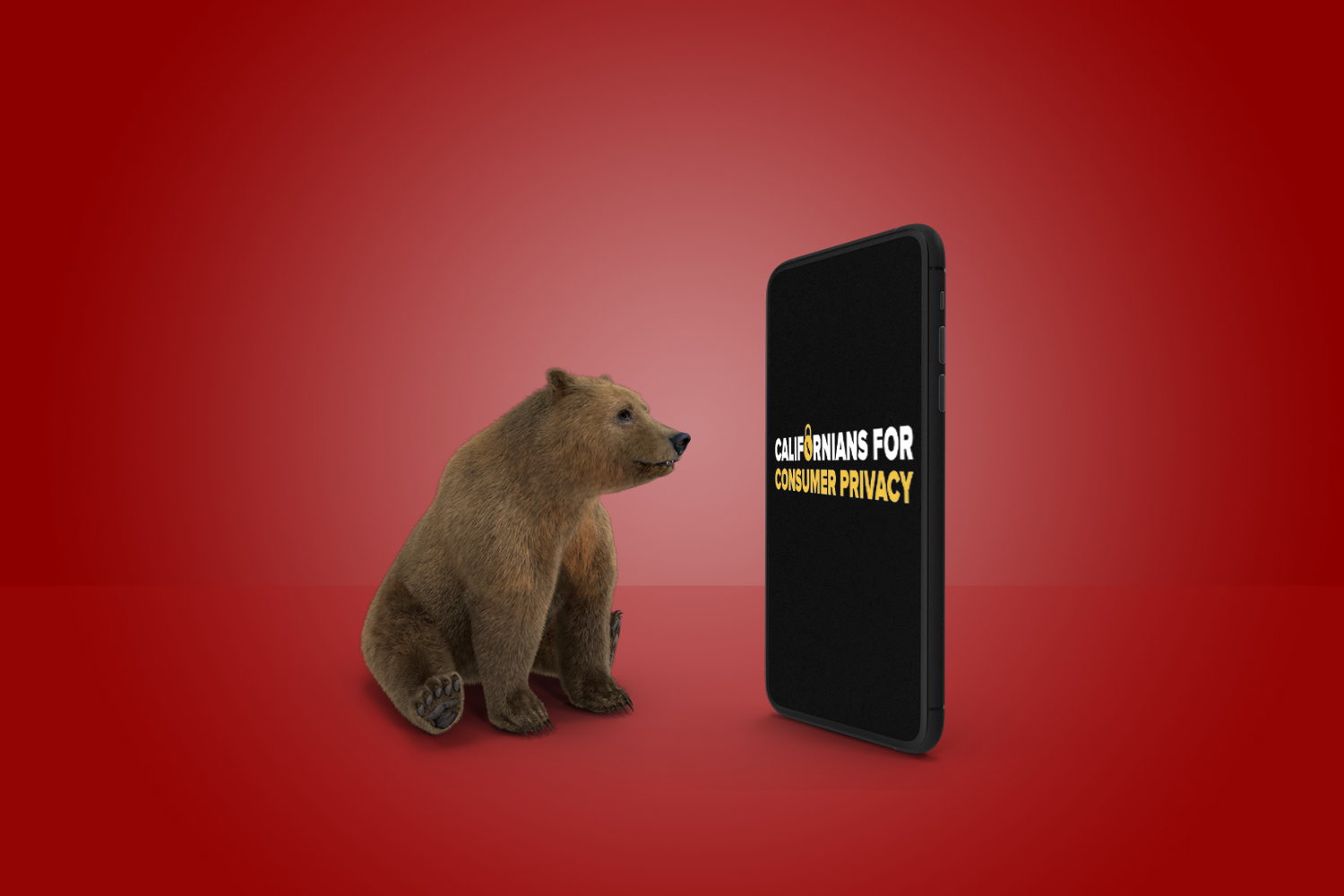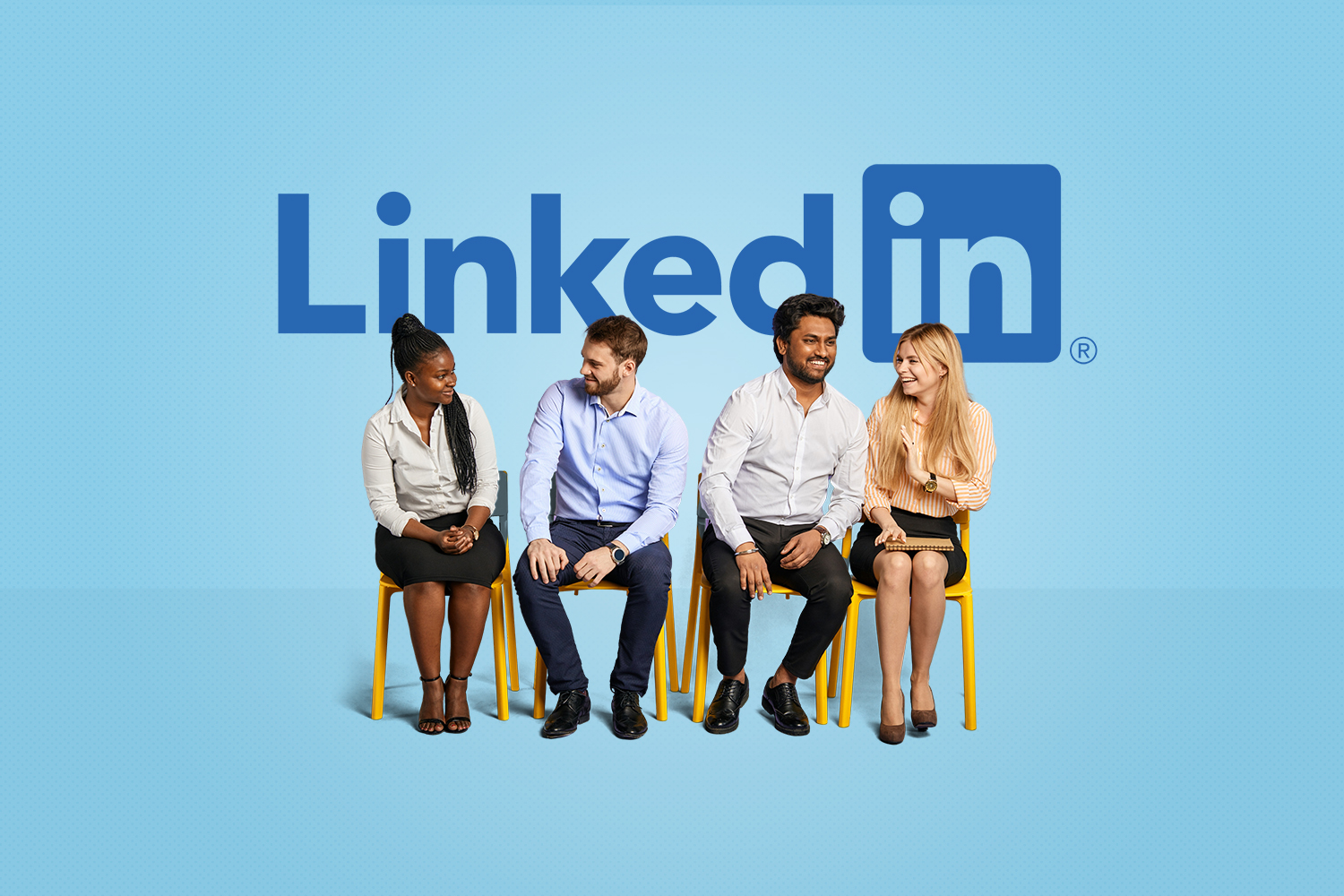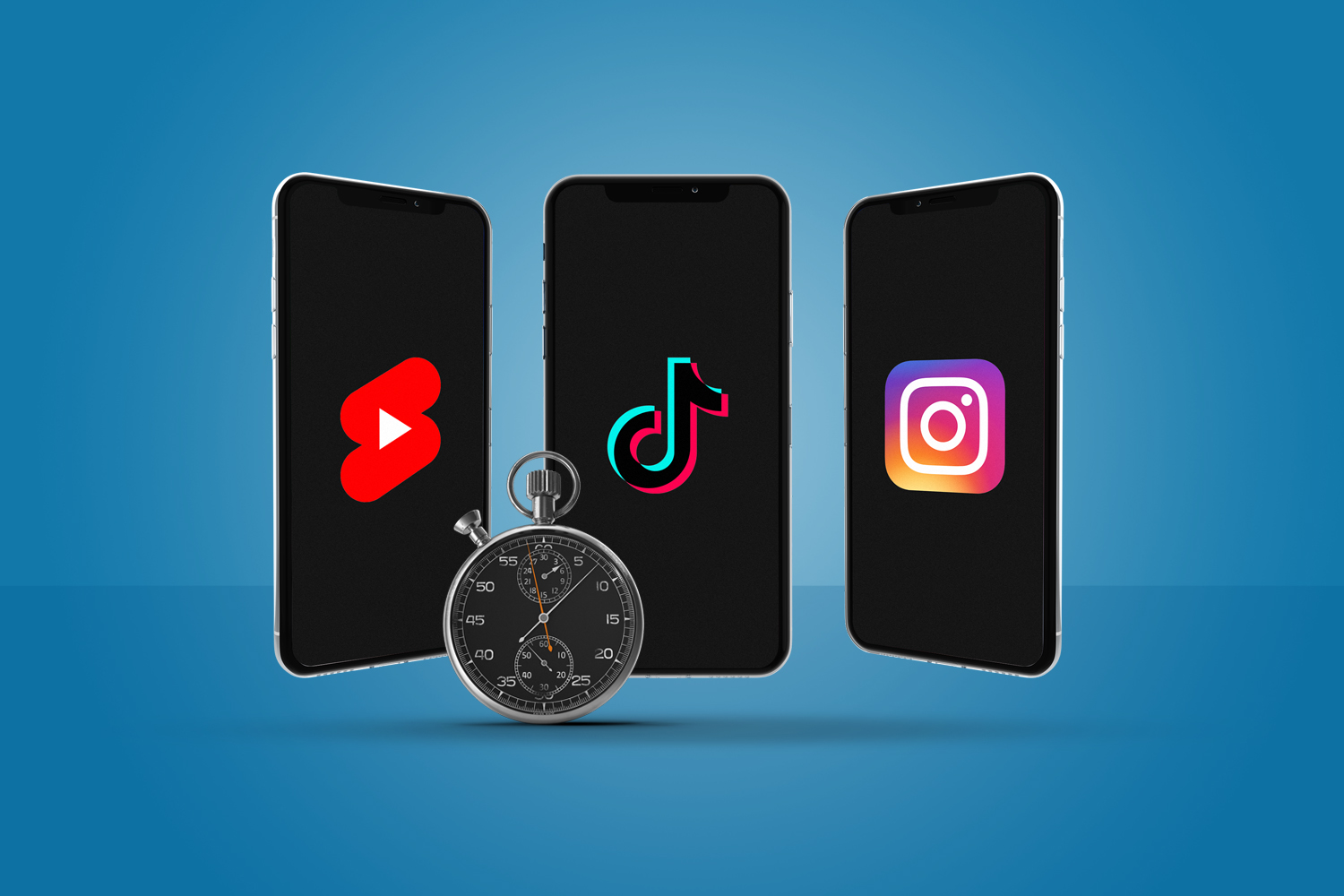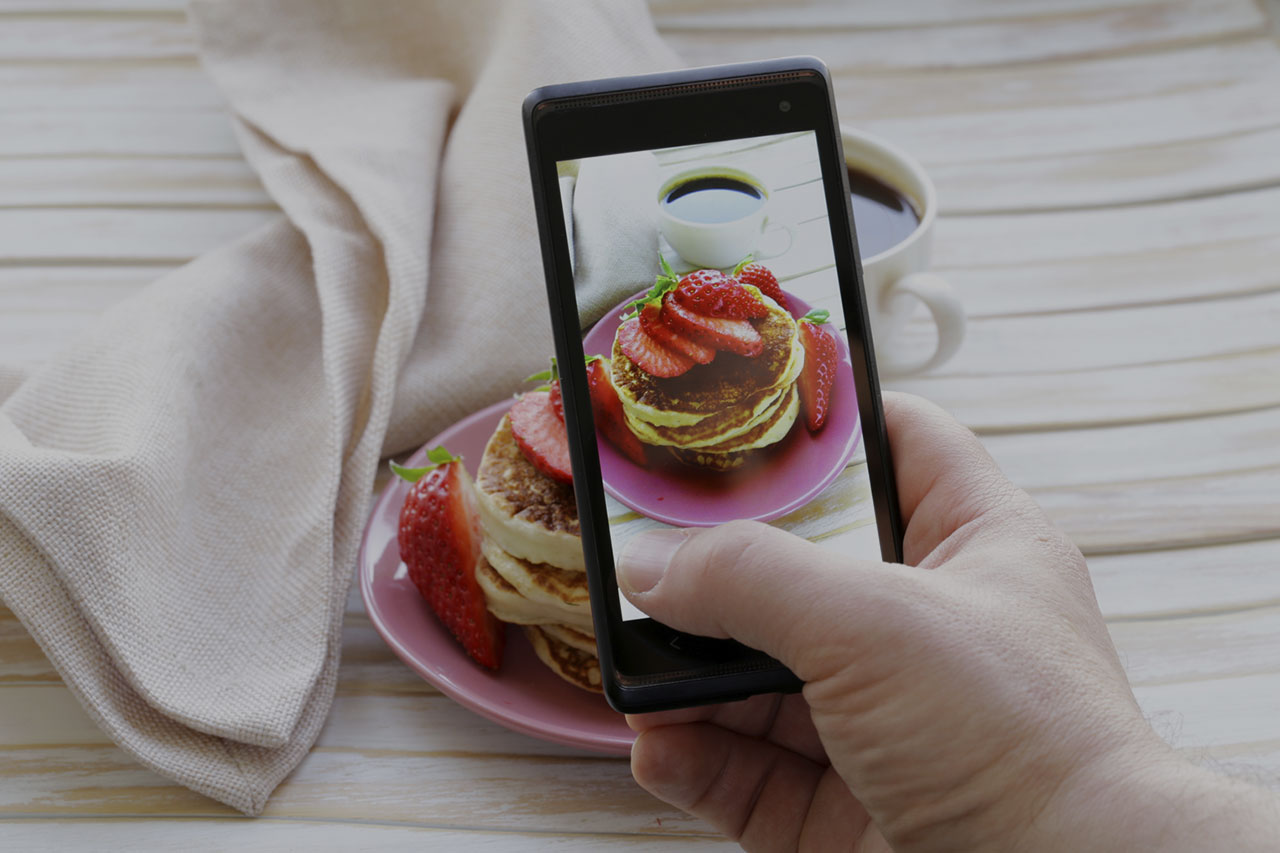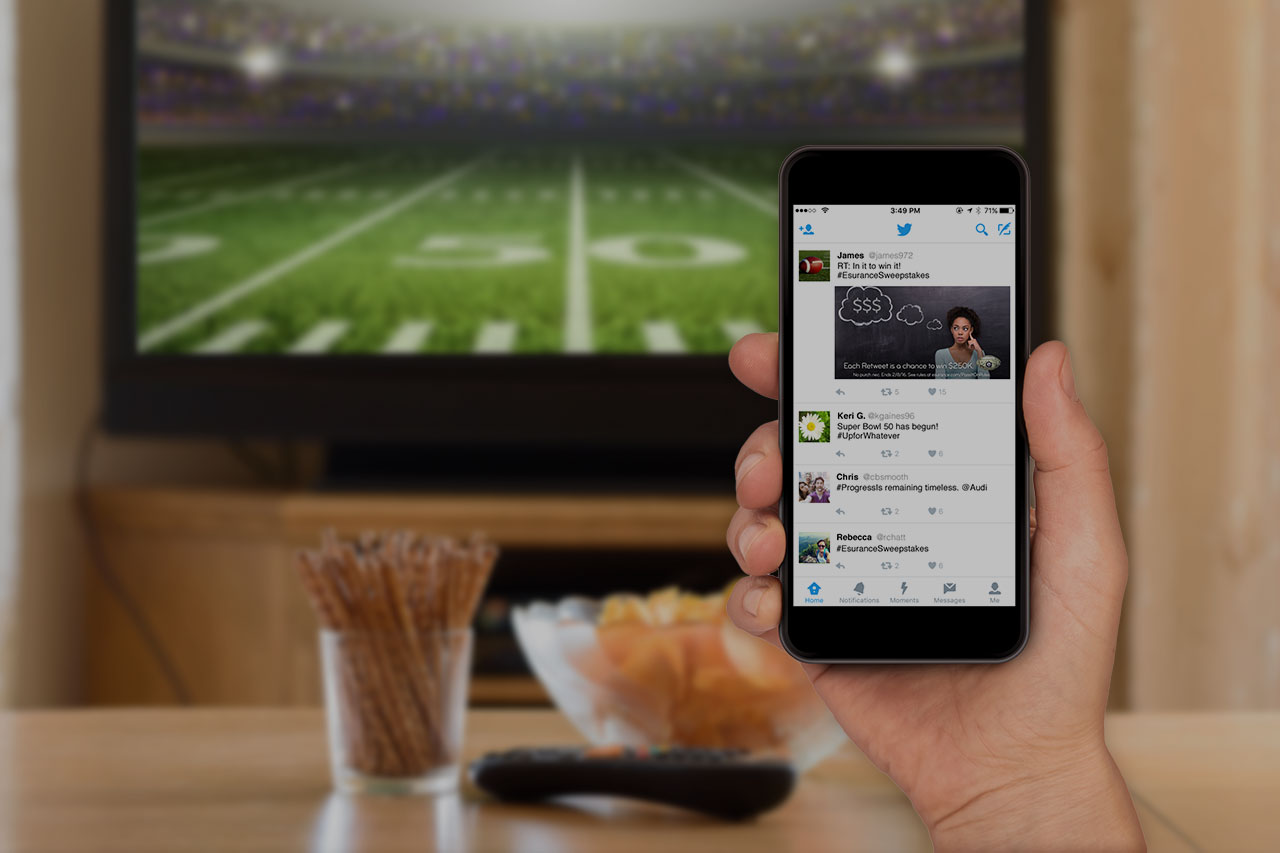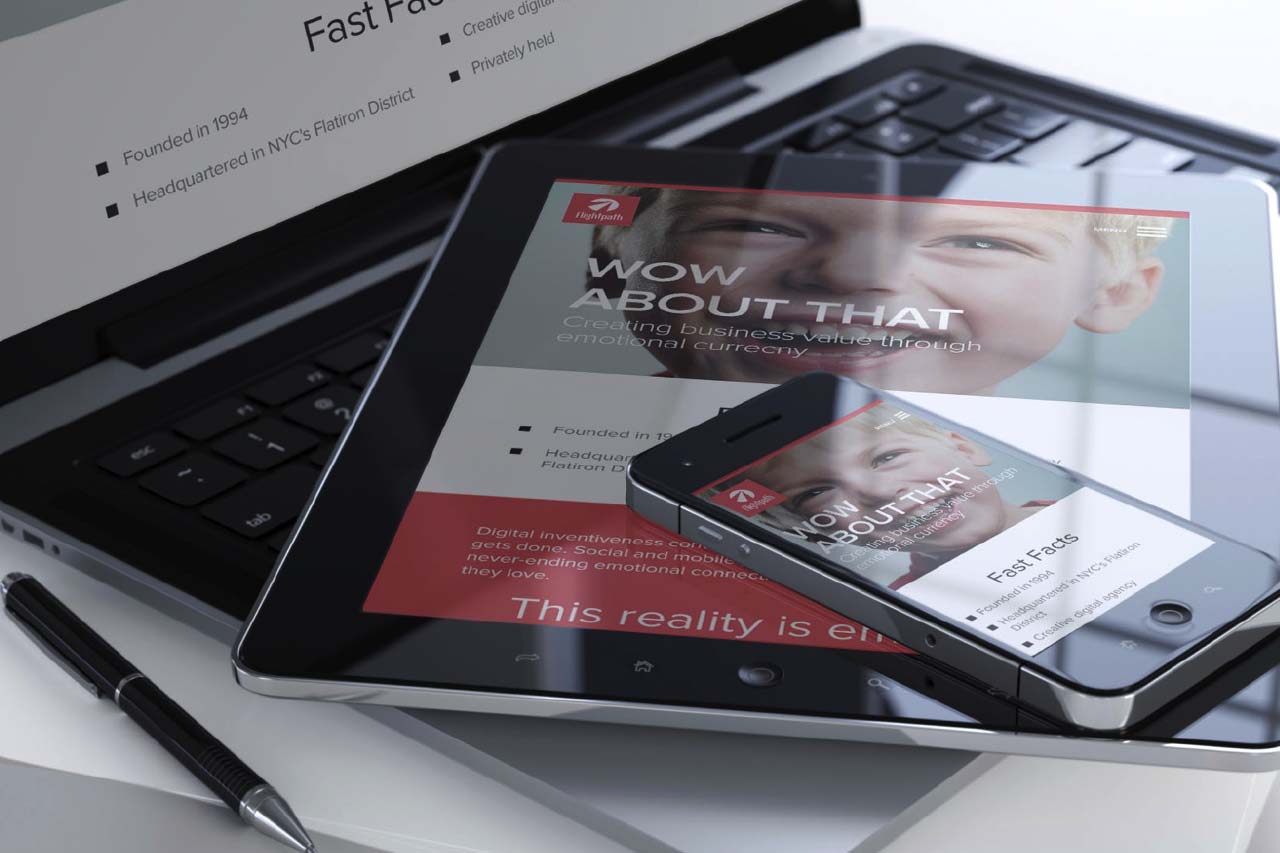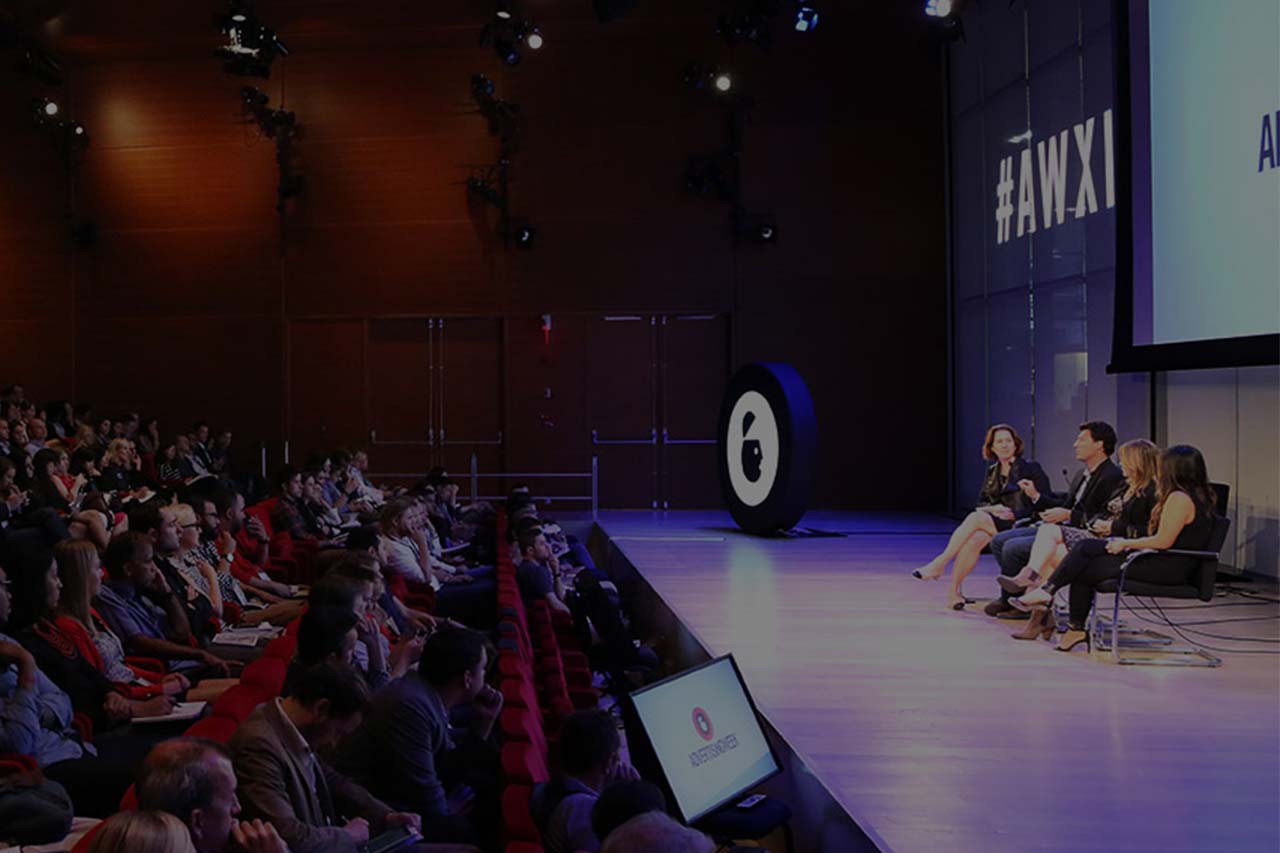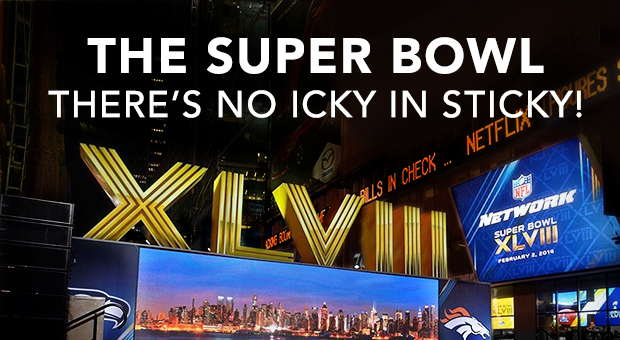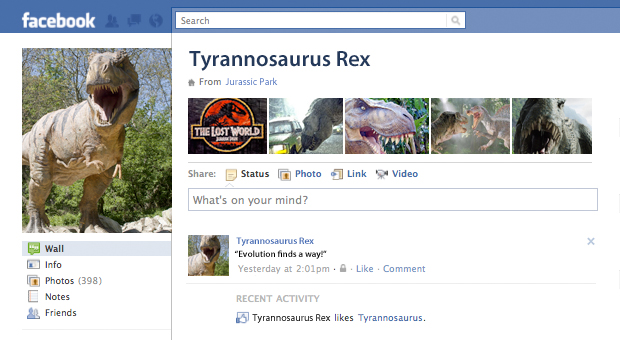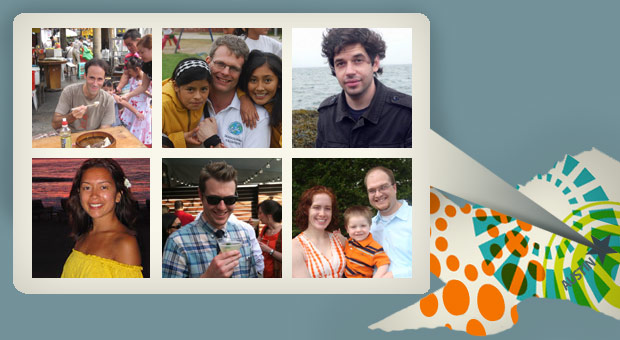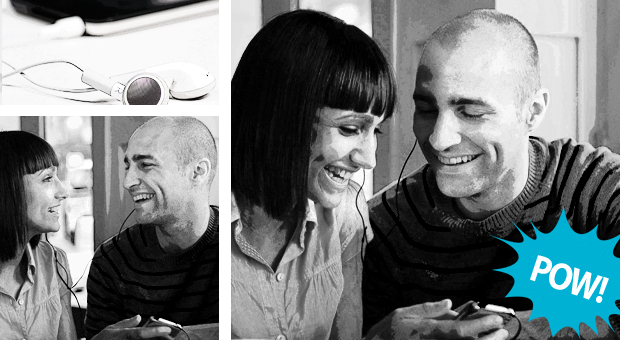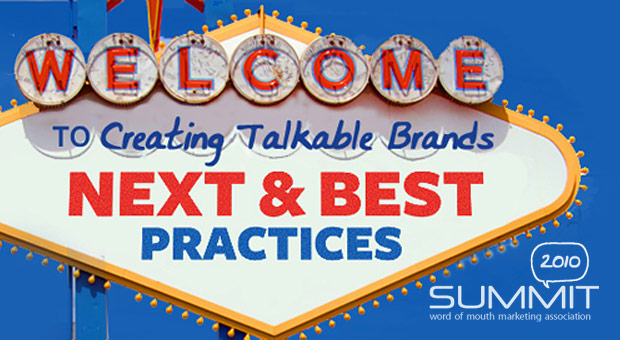The Latino/Hispanic households now represent 61.4% of all pet owners in the United States. It’s essential for successful marketing in the pet industry to grasp the significance of this demographic. This blog aims to offer valuable insights into the rising impact of Hispanic pet owners, the cultural aspects that shape their pet ownership, their preferences and behaviors, and practical tips for adapting marketing strategies to effectively connect and engage with this audience.
The Growing Influence of Hispanic Pet Owners
The number of Hispanic pet owners in the United States is growing rapidly. According to Hispanic Online Marketing there are 20 million Hispanic pet owners in the U.S. Cultural factors, like the emphasis on family and community, play a crucial role in shaping the importance of this market segment. Hispanic pet owners possess substantial purchasing power, making them a key market for pet brands and related products and services.
Cultural Factors Shaping Hispanic Pet Ownership
Cultural values and traditions, like the appreciation for companionship and reverence for animals, shape Hispanic pet ownership. Family and community play a significant part in guiding their decisions regarding pets. Implementing bilingual marketing strategies is vital to effectively reach this audience, as many Hispanic pet owners prefer to communicate in Spanish.
Understanding Hispanic Pet Owners’ Preferences and Behaviors
Hispanic pet owners have a higher inclination toward owning dogs rather than cats. They place a strong emphasis on the health and well-being of their pets, paying special attention to high-quality food and preventive care. Moreover, they exhibit a notable sense of brand loyalty, with 65% of Hispanic pet owners reporting that they remain dedicated to a specific brand of pet food.
How can digital marketers tailor their strategies to Hispanic pet owners?
When it comes to targeting Hispanic pet owners, culturally sensitive advertising and imagery are essential for effective engagement. Localization of language and the creation of Spanish-language content are also crucial. Social media, especially platforms like Facebook and Instagram, is highly effective for reaching this audience.
Digital marketers can optimize their strategies for targeting Hispanic pet owners by following these tips:
- Understand the Hispanic pet owner demographic: Start by researching and understanding the unique characteristics, preferences, and behaviors of Hispanic pet owners. Consider factors such as language preferences, cultural values, and household dynamics. This knowledge will help you tailor your marketing messages effectively.
- Language localization: If you want to target Hispanic pet owners, consider creating Spanish-language content. Translate your website, social media posts, and advertising materials to effectively communicate with this audience. Ensure that the translations are culturally appropriate and resonate with the target audience.
- Cultural sensitivity and inclusivity: Acknowledge and embrace the cultural diversity within the Hispanic community. Avoid stereotypes and be mindful of cultural nuances when crafting your marketing campaigns. Show inclusivity by featuring diverse Hispanic pet owners in your advertisements and showcasing their experiences.
- Leverage community events and partnerships: Engage with the Hispanic community by participating in local events or partnering with community organizations. This allows you to build relationships, gain brand exposure, and demonstrate your commitment to the community. Consider sponsoring pet-related events or providing educational resources in collaboration with local Hispanic organizations.
- Analyze data and adapt: Regularly analyze the performance of your marketing campaigns targeting Hispanic pet owners. Monitor key metrics such as engagement, conversions, and customer feedback. Use this data to optimize your strategies, identify areas for improvement, and refine your messaging to better resonate with your target audience.
Conclusion
Recognizing the increasing impact of Hispanic pet owners, along with their cultural factors, preferences, and behaviors, is essential for successful marketing in the pet industry. By customizing digital marketing strategies to reach and connect with this audience, pet brands and related products and services can tap into their substantial purchasing power. Enhance your marketing strategies and effectively target Hispanic pet owners. Incorporating these strategies will enable you to seize the opportunity and maximize your reach in this dynamic market segment.

